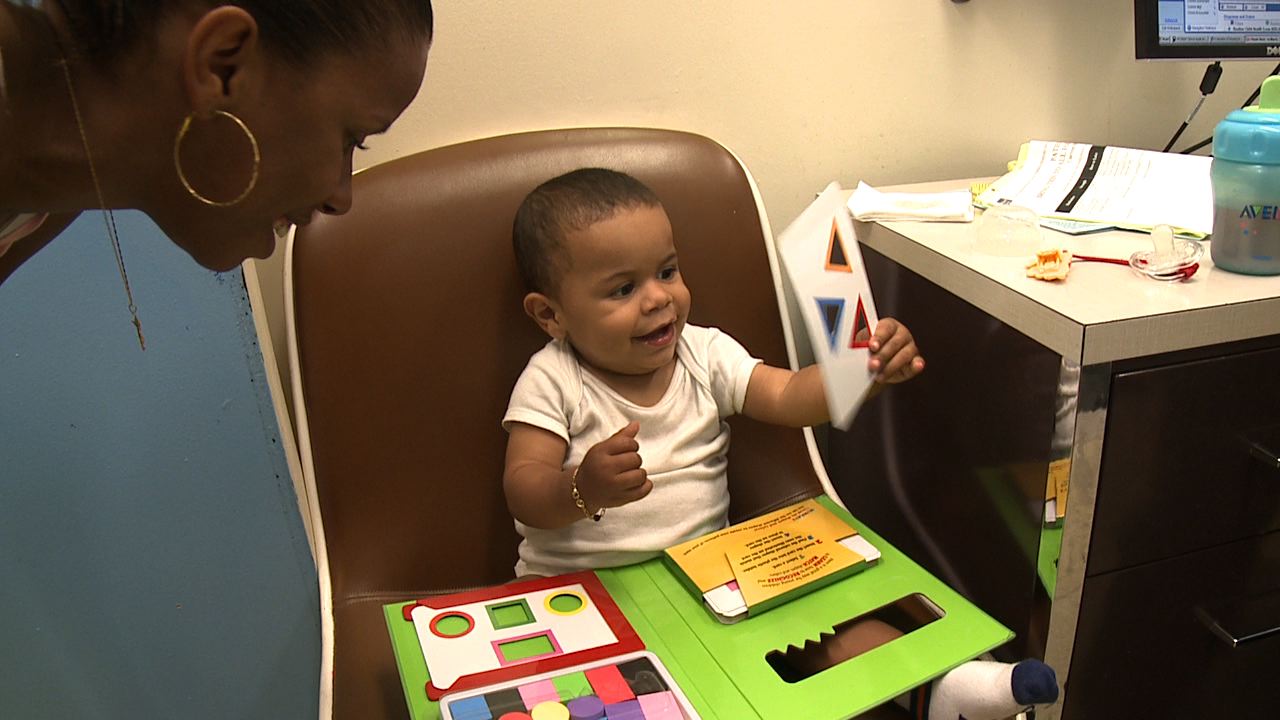Well Child Lens
Well Child Lens was conceived as part of the Autism Spectrum Disorder Risk Alert (ASDRA) project, which was funded in 2006 as a Phase I Small Business Innovation Research (SBIR) grant by the National Institutes of Health. That project culminated in a prototype website with a library of short documentaries about many aspects of autism spectrum disorders and related therapies in children five and under. In 2009, GeneticaLens won a continuing grant from the NIH, which funded Phase II of the project, resulting in: doubling raw footage; more than doubling the number of experts (both on camera and behind the scenes); expanding the library of filmed subjects; creating hundreds more documentaries, including a feature length film and two additional continuing medical education courses; and developing the entire website, database system, and related applications.
|
By the end of Phase II, GL had created a database of 700 hours of video including: young children with ASD, age-matched, typically developing children, the process of diagnosing ASD, early intervention therapies, and interviews with ASD experts, early intervention therapists and parents of children with ASD. All of the children’s behaviors were naturally occurring, never scripted or taken out of context, and represented a diversity of races, genders, ethnicities and severity levels. |
From this footage, a team of professional filmmakers, advised by ASD experts at the University of Connecticut and the Mt. Sinai School of Medicine, produced 549 short segments and feature educational documentaries on the warning signs, detecting ASD during the well child visit, therapies and their impact – one documentary follows a boy from shortly after his diagnosis at two and a half through his therapies and then his life four years later – and how families of children with ASD cope. GL also created three Continuing Medical Education (CME) courses for doctors, the iM-CHAT screener and several surveillance tools. GL developed wellchildlens.com (beta launched, June 2014) on which these videos are available and searchable by category or key word.
The target market for the iM-CHAT and the Well Child Lens toolkit is primarily pediatricians and primary care physicians. In the U.S., there are 133,611 pediatricians including subspecialists (APB, 2013); 209,000 primary care physicians (HHS, 2010); and 545 HMOs (KFF, 2012). Marketing strategies will include direct sales to physicians (via companies that sell health digital tools to doctors and via APP stores, since health care APPS for physicians is a fast growing market) as well as licensing partnerships with HMOs for their participating providers. We will also reach out to corporate and non-profit organizations involved with autism, such as Autism Speaks, for possible partnerships.




